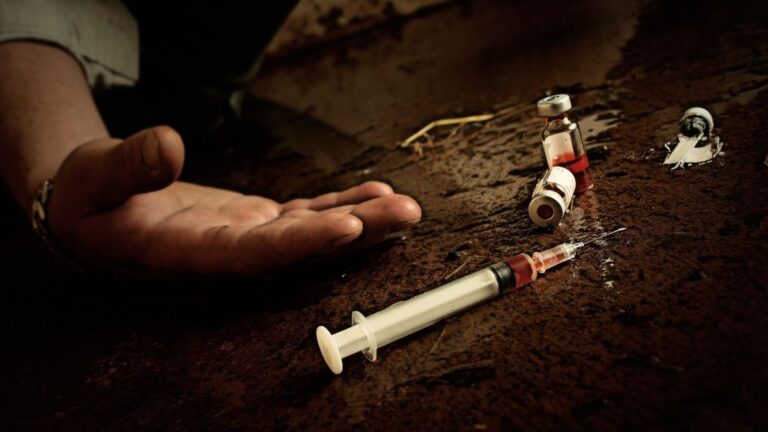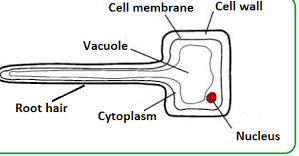Exploring the Taboo Topic of Female Squirting
Understanding the Physiology Behind Female Squirting
The phenomenon of female squirting, often considered a taboo topic, has been the subject of scientific scrutiny and cultural fascination. To demystify this physiological process, a thorough understanding of its underlying mechanisms is essential.
Female Sexual Anatomy: The key structures involved in the process of squirting include the Skene’s glands, the urethra, and the bladder. The Skene’s glands, often referred to as the female prostate, are situated near the urethral opening and are believed to be a critical component in the production of the fluid associated with squirting.
Stimulation and Response: During sexual arousal or stimulation, the Skene’s glands, along with the surrounding tissue, become engorged with blood, increasing sensitivity. With continued stimulation, especially the G-spot, located on the anterior wall of the vagina, a significant amount of fluid can accumulate. This can lead to the expulsion of this fluid through the urethra during orgasm, a phenomenon commonly referred to as squirting.
Scientific Analysis: Studies have shown that the fluid expelled during squirting is primarily composed of water, with some traces of urine, creatinine, urea, and prostatic-specific antigen (PSA). The presence of PSA, a protein also found in male semen, further supports the involvement of the Skene’s glands in squirting.
- Despite scientific evidence, some misconceptions still prevail, such as the belief that all women can squirt, which is not universally accurate.
- There is also debate regarding whether squirting is a learned skill or a natural phenomenon.
Understanding the physiology behind female squirting demystifies this phenomenon and promotes a more open and informed discussion about female sexuality. By exploring the scientific basis, society can move towards normalizing and accepting squirting as a natural aspect of female sexual response.
Understanding How to Make a Girl Squirt
Female ejaculation has been shrouded in mystery and taboo across various cultures and epochs. This phenomenon, often referred to as ‘girl squirting‘, has sparked both curiosity and controversy. The lack of comprehensive education and the proliferation of myths have contributed to widespread misunderstanding. This exploration aims to demystify female ejaculation, shedding light on scientific findings, physiological mechanisms, and the experiences of women.
Scientific Perspective: Scientific research distinguishes between female ejaculation and ‘squirting’. Female ejaculation refers to the expulsion of a small amount of thick and whitish fluid from the Skene’s glands, located near the urethra. ‘Squirting’, on the other hand, involves a larger volume of clear and watery fluid, which is believed to originate from the bladder, thus containing urine to some extent. Both phenomena can occur simultaneously or independently during sexual arousal or orgasm.
Physiological Mechanism: The process of female ejaculation is not yet fully understood. However, it is known to involve the stimulation of the G-spot, an area located on the anterior wall of the vagina. When stimulated, the Skene’s glands are believed to produce the ejaculate fluid. The expulsion of this fluid is thought to contribute to sexual pleasure for some women, though experiences vary widely.
- All women can ejaculate: The ability to ejaculate varies among women. Some may experience it regularly, others occasionally, and some not at all.
- Female ejaculation is urine: While ‘squirting’ contains some urinary components, female ejaculation from the Skene’s glands is a distinct fluid with unique properties.
- It’s a sign of a superior orgasm: There is no evidence to suggest that ejaculation is inherently linked to the quality of an orgasm. Sexual experiences and preferences are highly individual.
The reality of female ejaculation is far more complex than the myths suggest. Understanding the science behind this phenomenon is crucial for both individuals and healthcare professionals. By demystifying female ejaculation, we can promote a healthier, more inclusive dialogue surrounding women’s sexual health and experiences.







